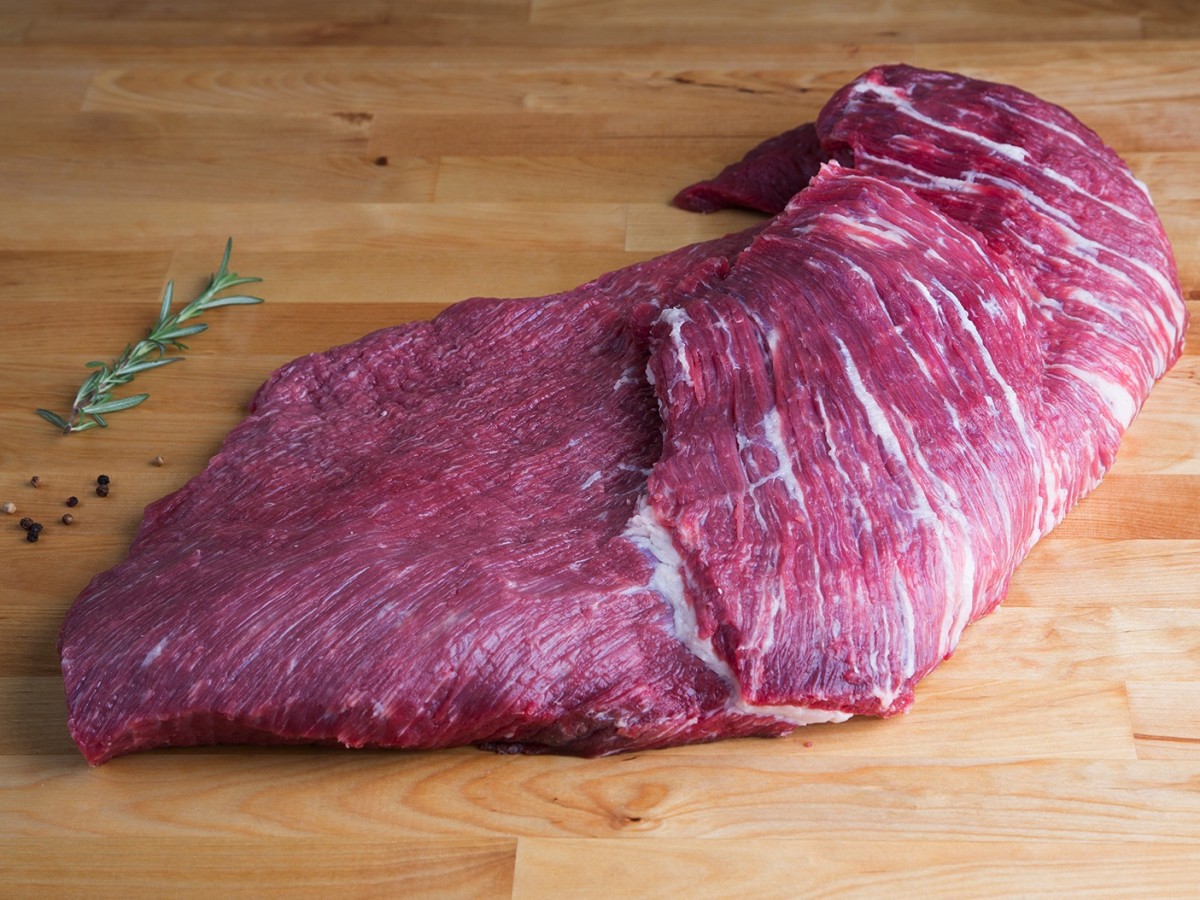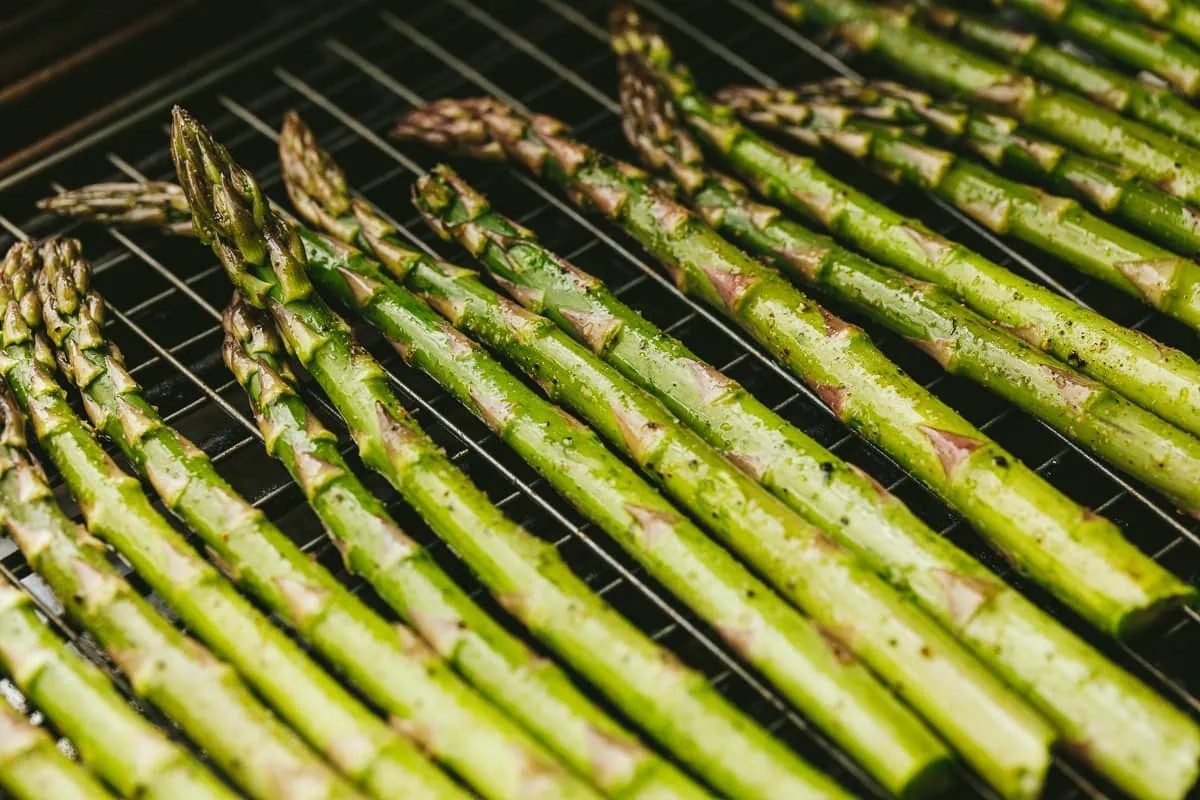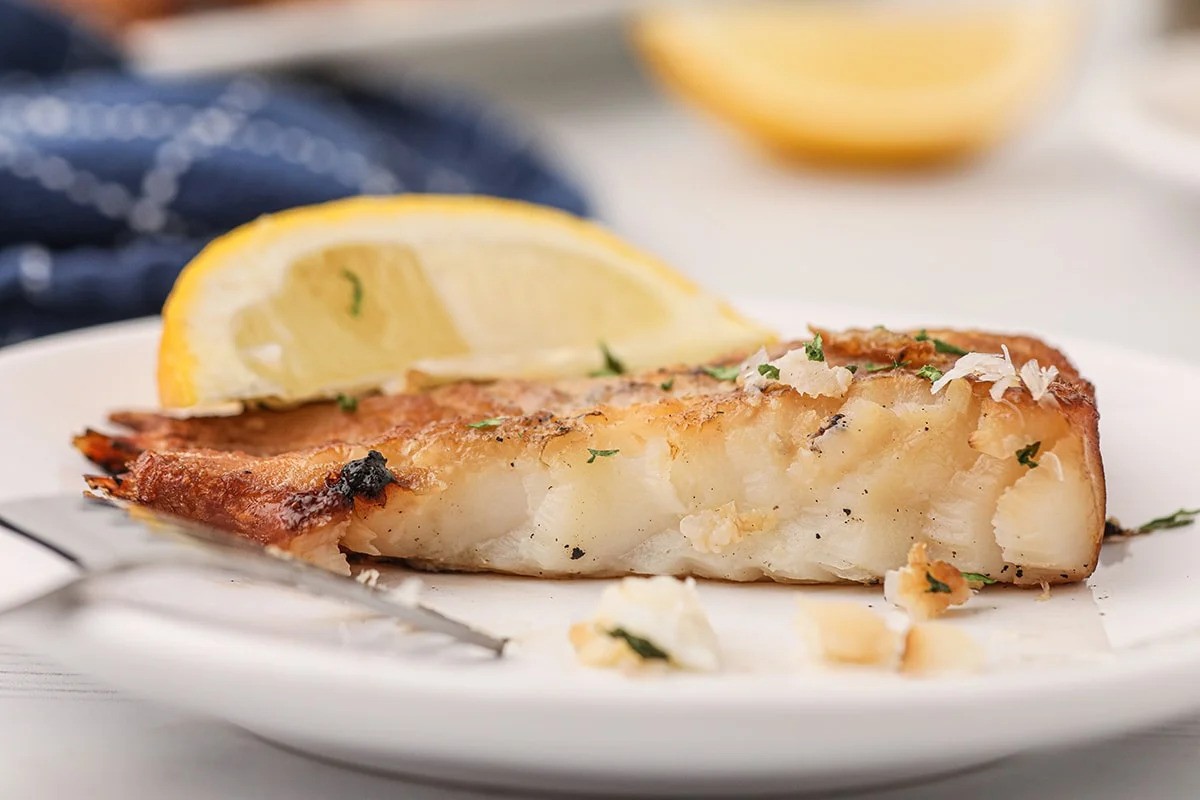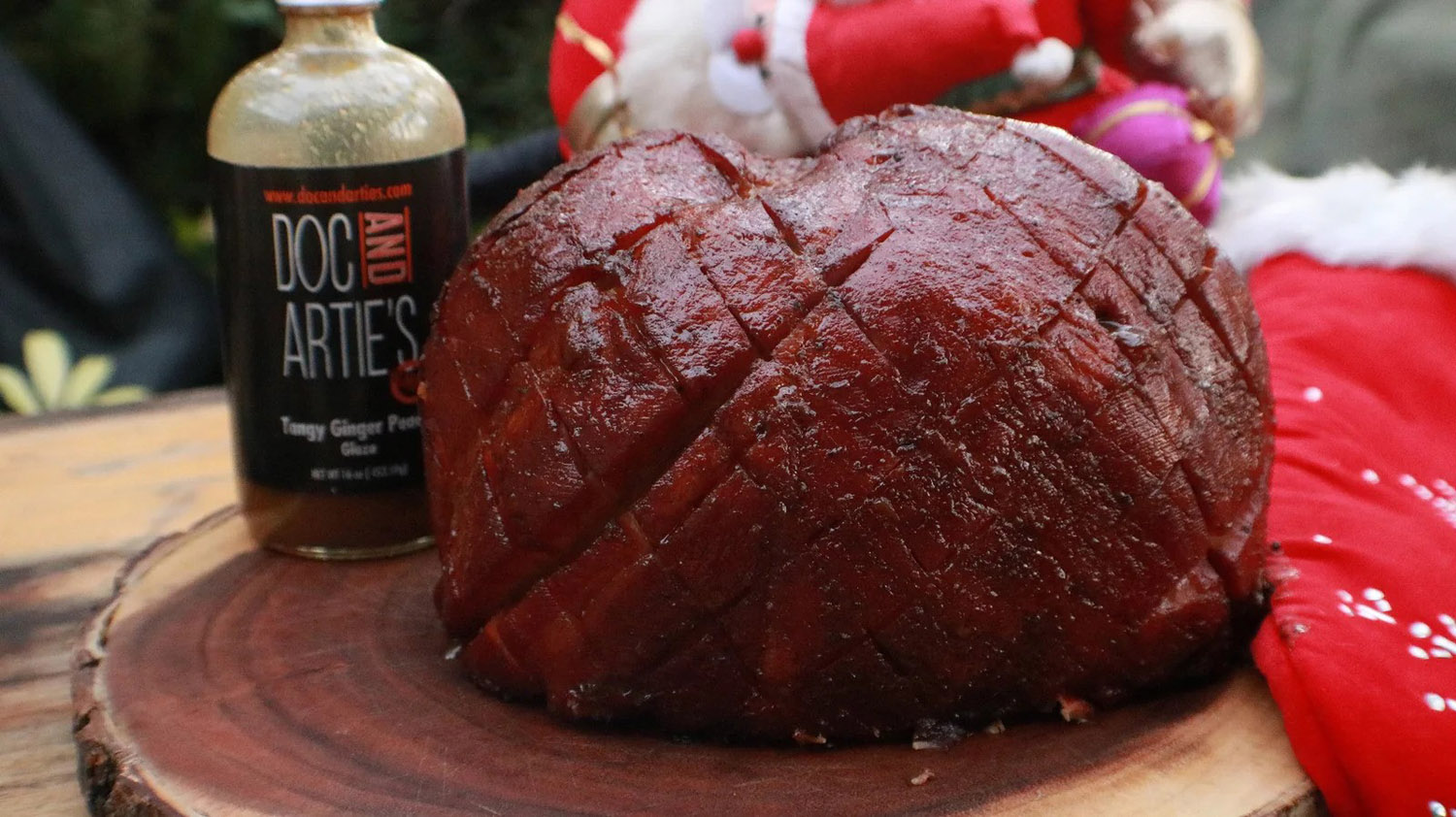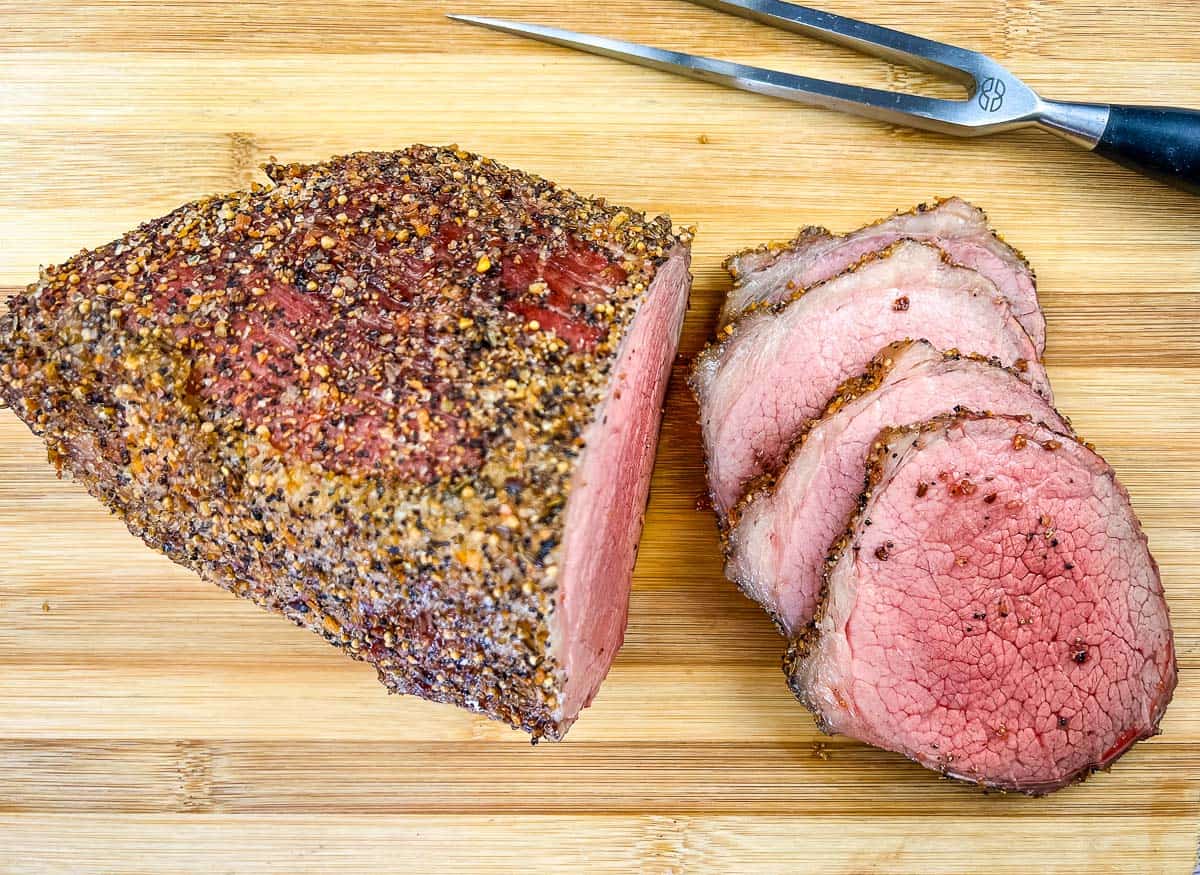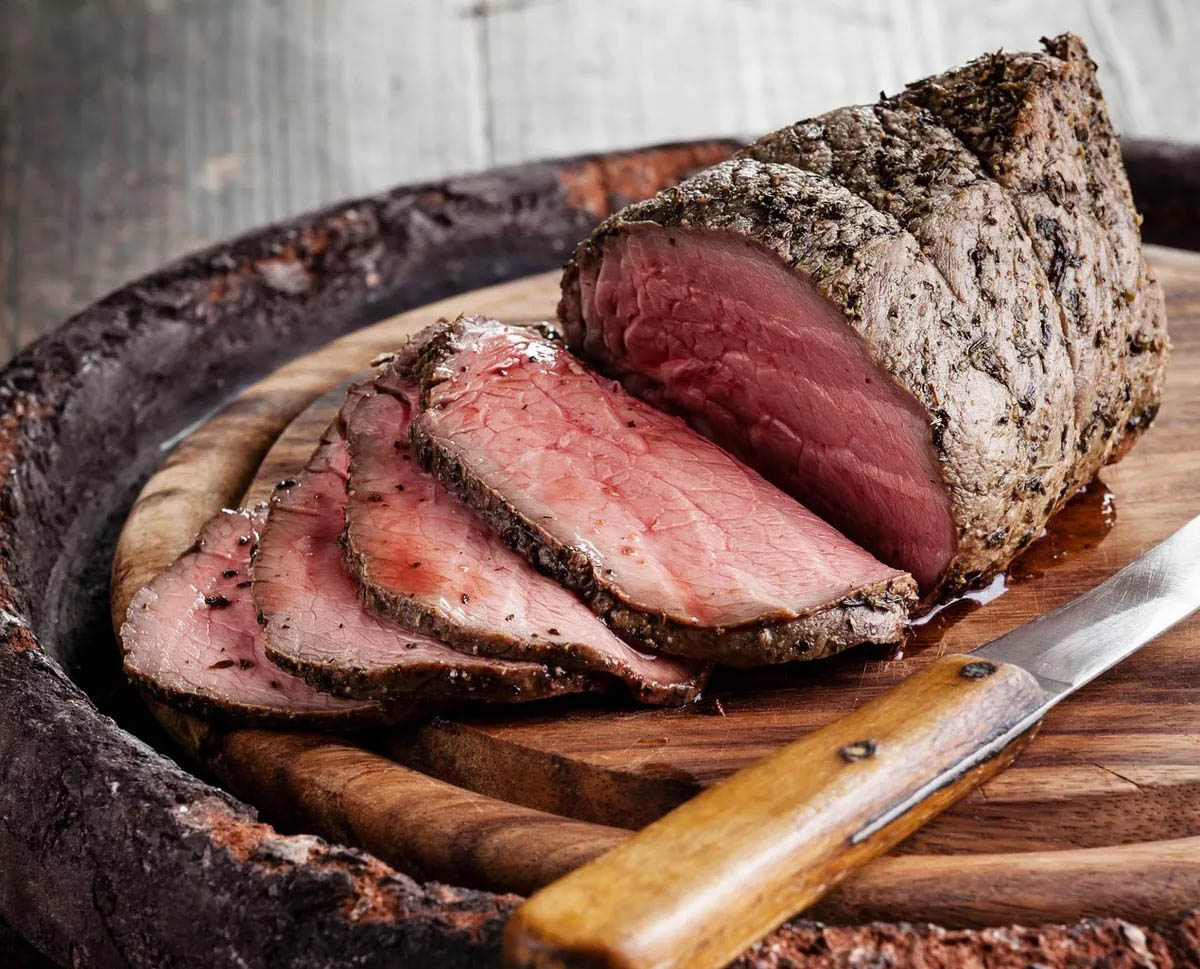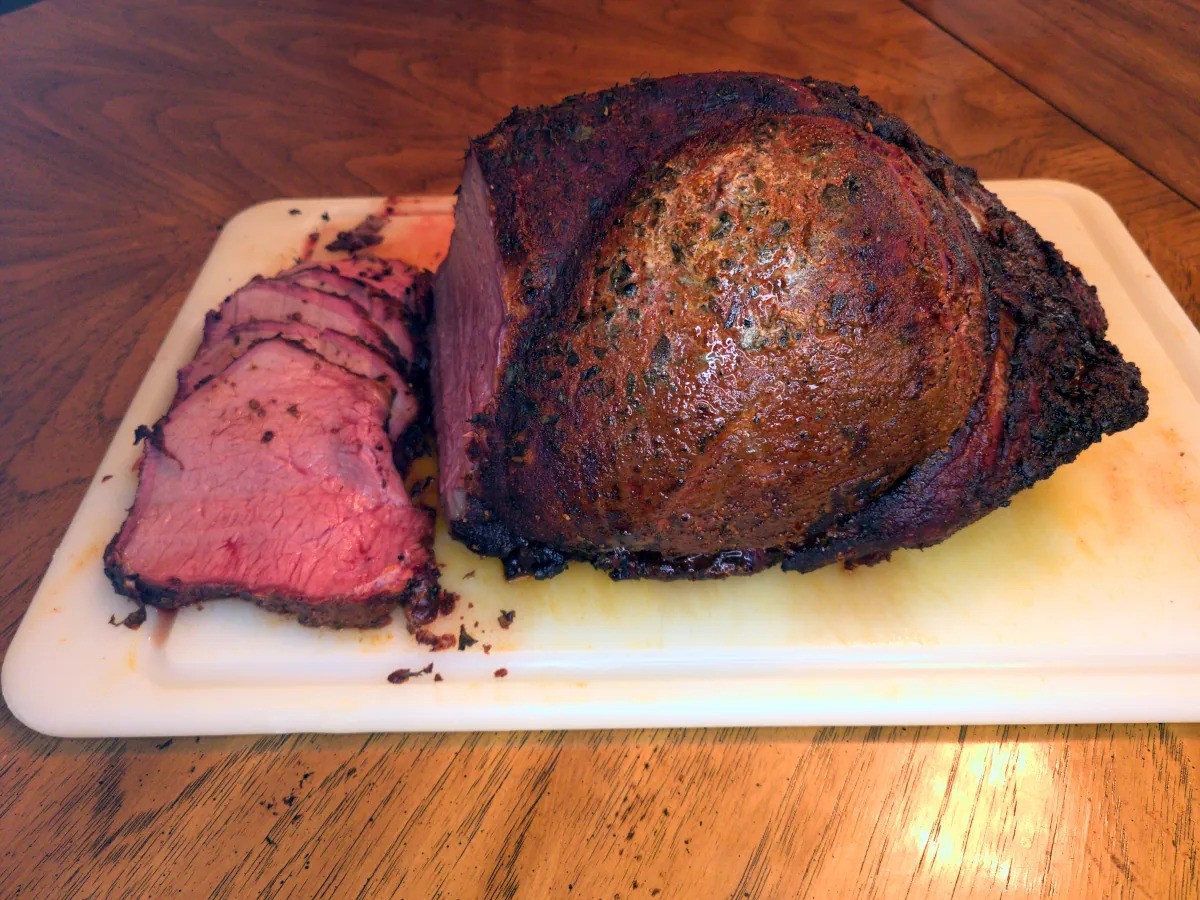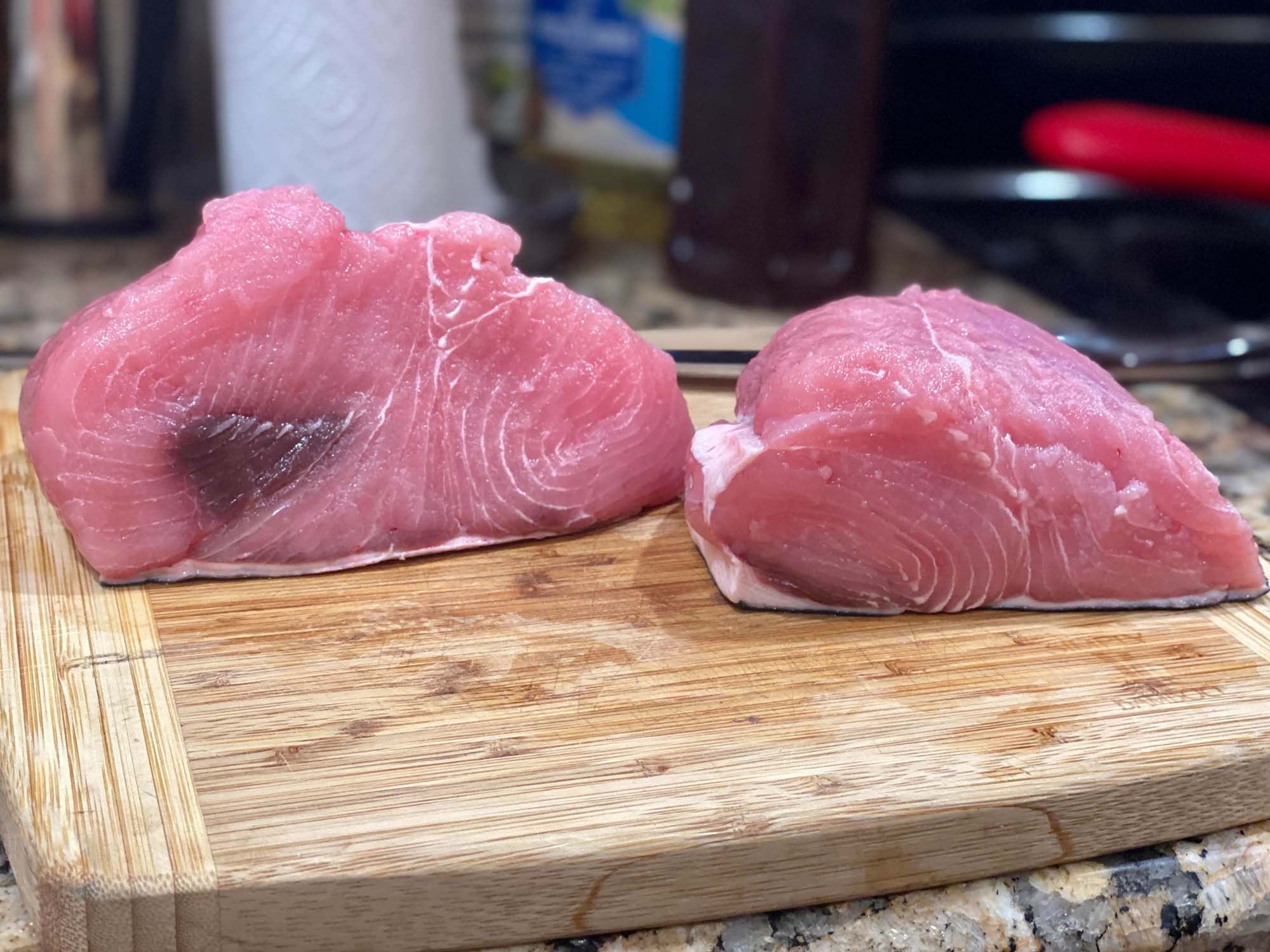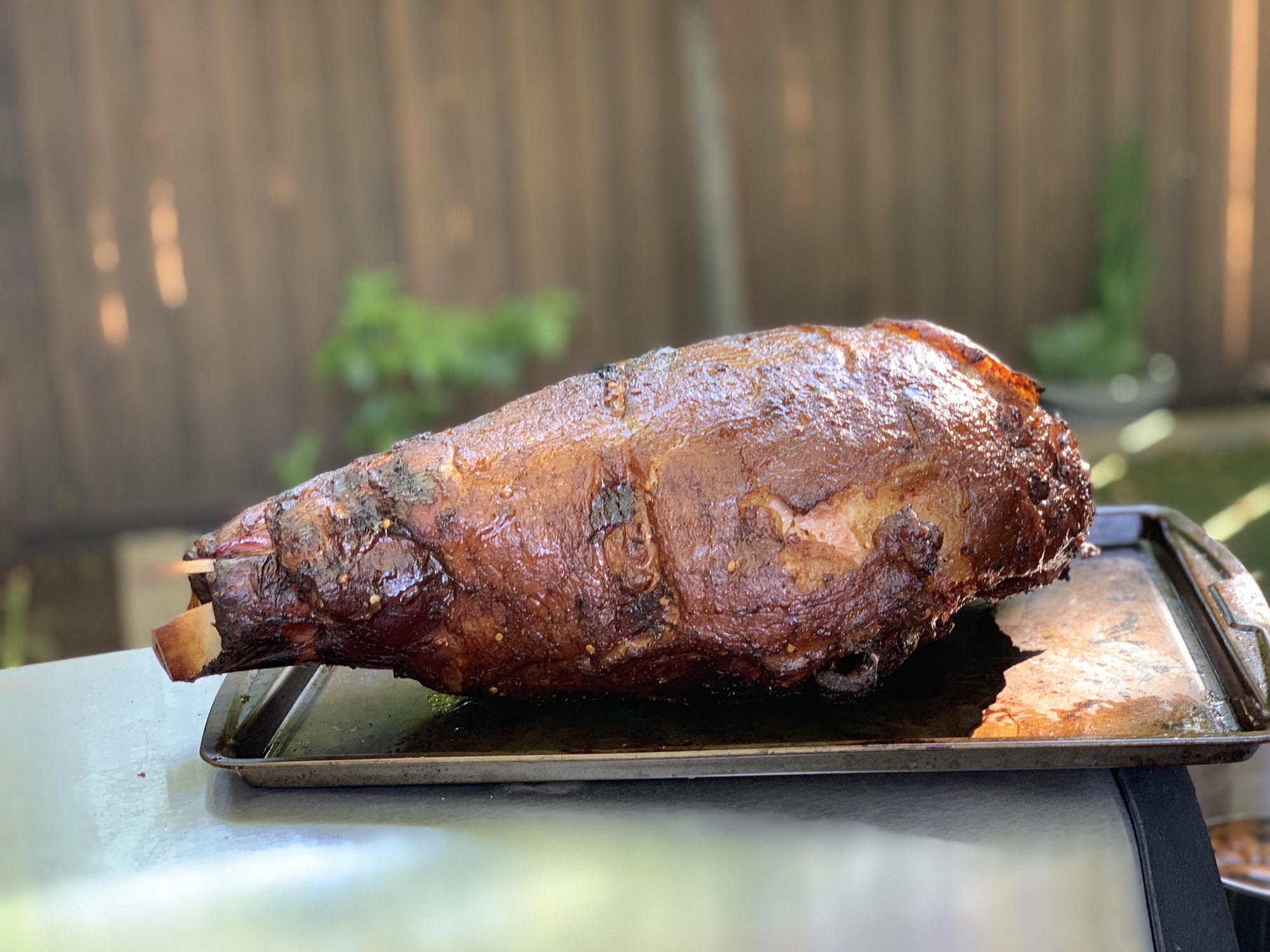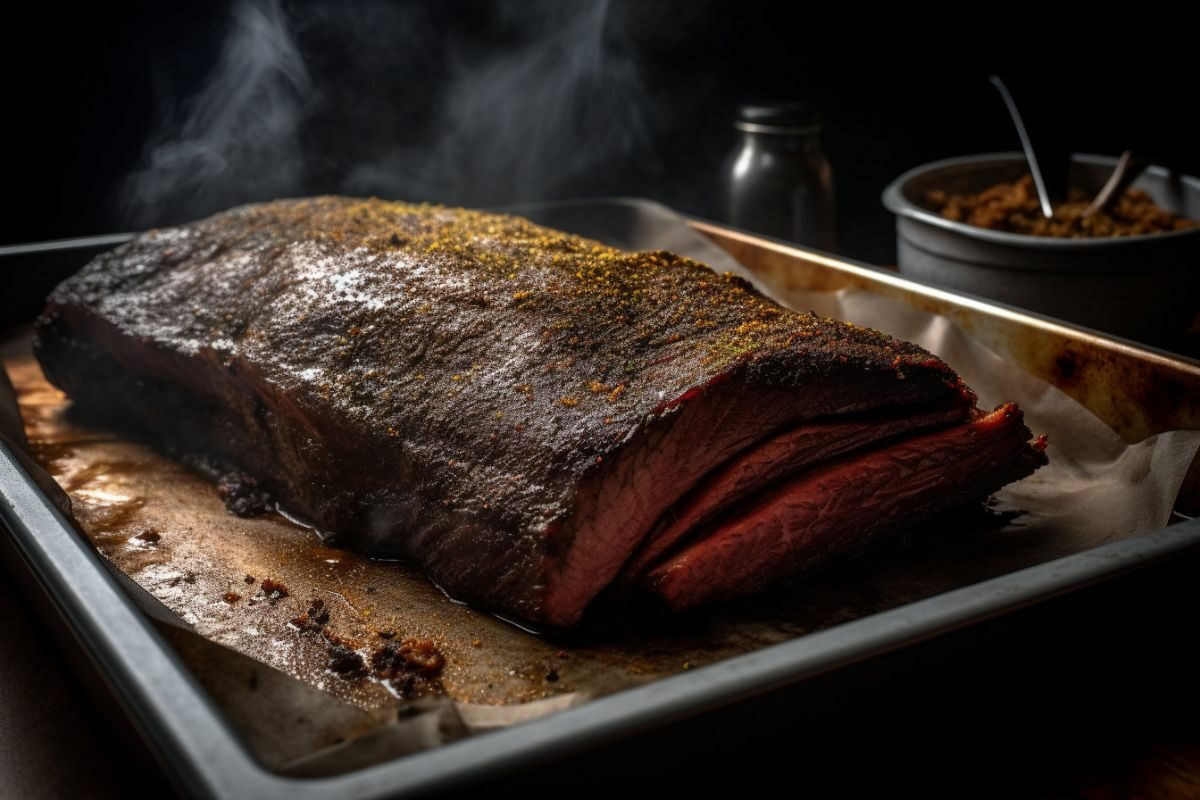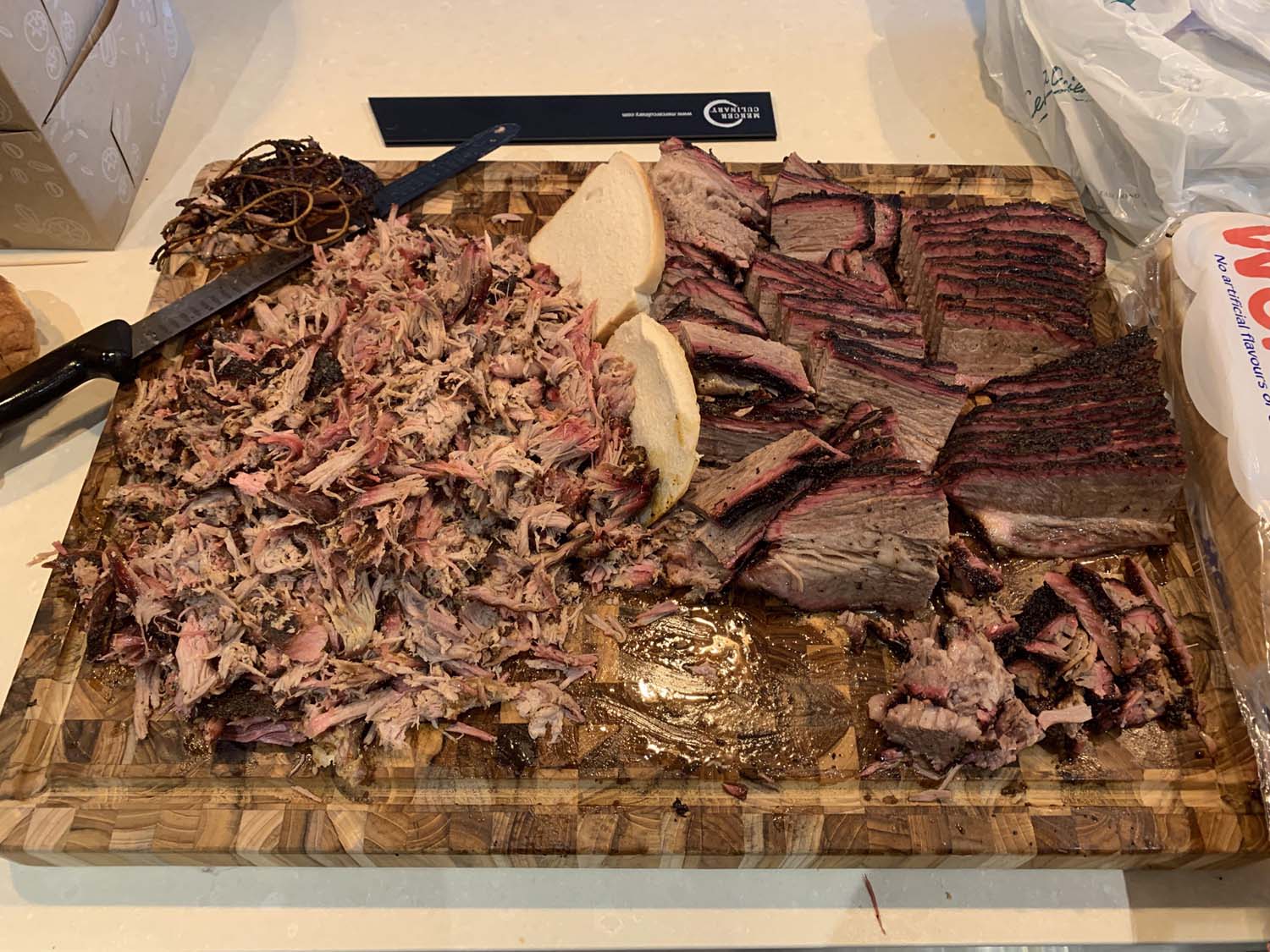Smoking Fish on a Propane Grill: A Delicious and Easy Method
Smoking fish is a fantastic way to infuse it with a rich, smoky flavor that will have your taste buds singing. If you’re a fan of grilled fish, then you’ll love the added depth of flavor that smoking can bring to your favorite seafood. And the best part? You don’t need a fancy smoker to do it – you can achieve mouthwatering results using just your trusty propane grill. In this guide, we’ll walk you through the simple steps to smoke fish on a propane grill, so you can enjoy this delectable dish in the comfort of your own backyard.
Choosing the Right Fish
When it comes to smoking fish, it’s important to start with the right type. Fatty fish like salmon, trout, and mackerel are ideal for smoking, as their high oil content helps them absorb the smoky flavors and retain moisture during the cooking process. However, you can also smoke leaner fish like cod or halibut – just be sure to monitor them closely to prevent them from drying out.
Preparing the Fish
Before you start smoking, it’s essential to prepare the fish properly. Begin by ensuring that the fish is clean and free of scales. If you prefer, you can also brine the fish beforehand to add extra flavor and help it retain moisture during smoking. A simple brine of water, salt, and sugar works wonders, but feel free to get creative with added herbs and spices to suit your taste.
Setting Up Your Propane Grill
Now it’s time to fire up the grill! Preheat your propane grill to a low temperature – around 200-225°F (93-107°C) is ideal for smoking fish. If your grill has multiple burners, only light one side to create an indirect heat zone. This will allow the fish to cook slowly and absorb the smoky flavor without being directly exposed to the flames.
Adding Smoke Flavor
When it comes to smoking fish on a propane grill, you have a few options for adding that irresistible smoky flavor. One popular method is to use wood chips. Soak the wood chips in water for at least 30 minutes, then place them in a smoker box or wrap them in aluminum foil, poking a few holes in the top to allow the smoke to escape. Once the grill is preheated, place the smoker box directly on the burner or on the grate over the lit burner. Close the lid and wait for the smoke to start billowing.
Smoking the Fish
Now it’s time to place the prepared fish on the grill. If you have a fish basket or a grilling mat, these can be helpful for preventing the fish from sticking to the grates. Arrange the fish in a single layer, leaving some space between each piece to allow the smoke to circulate evenly. Close the lid and let the fish smoke for around 1-2 hours, depending on the thickness of the fillets. Keep an eye on the temperature and the level of smoke, adjusting the grill as needed to maintain a steady, gentle heat.
Checking for Doneness
How do you know when the fish is ready? A good rule of thumb is to look for the flesh to turn opaque and flake easily with a fork. The internal temperature should reach 145°F (63°C) to ensure that it’s safe to eat. Once the fish is done, carefully remove it from the grill and let it rest for a few minutes before serving. The result? Tender, flavorful smoked fish that will have everyone coming back for seconds.
Enjoying Your Smoked Fish
Now that you’ve mastered the art of smoking fish on a propane grill, it’s time to savor the fruits of your labor. Whether you enjoy the smoked fish on its own, flaked into a salad, or served alongside your favorite sides, you’re sure to appreciate the depth of flavor that smoking brings to this beloved seafood. So fire up the grill, grab your favorite fish, and get ready to impress your family and friends with your newfound smoking skills!
Smoking fish on a propane grill is a rewarding and straightforward cooking method that yields delicious results. With just a few simple steps, you can elevate your seafood game and create mouthwatering smoked fish that will have everyone asking for your secret recipe. So why wait? Try smoking fish on your propane grill and experience the wonderful flavors that await!
Was this page helpful?
Read Next: How To Smoke Pickerel

